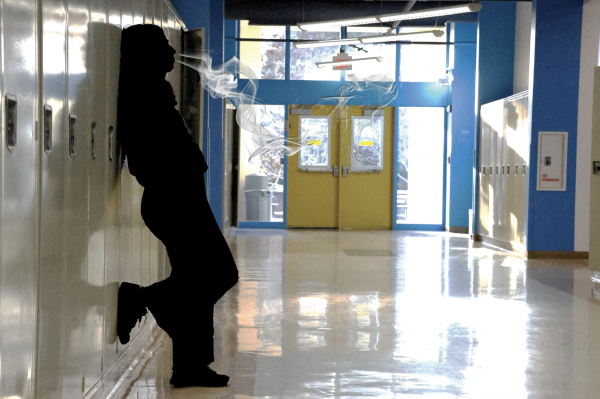Did CESJDS ace the new A+ policy?
January 7, 2016
The A+ policy in high school was changed by the school administration at the beginning of this year after four years of use. While grades totalling 97 percent or higher used to be awarded an “A+,” they now are marked as just an “A.”
In a meeting with the ninth grade earlier this year, Upper School guidance counselor Melissa Gartner noted that this policy, like other grading scale policies, is explained on submitted transcripts.
The A+’s removal was due in part to its inconsistency with the grading practices of other schools and variable distribution across departments at CESJDS. Some departments, like Arts and PE, gave many A+’s while others rarely awarded them.
Additionally, the A+ did not affect students’ GPAs like a regular “+” grade, making it inconsistent with the JDS grading scale. A regular “+” grade adds a .3 value to the letter grade, but an unweighted A is already a 4.0 GPA. A GPA can only exceed 4.0 under special weighting for advanced classes. An unweighted GPA cannot get any higher to become a 4.3. According to Academic Dean Aileen Goldstein, the use of the A+ did not acknowledge that the grade was the peak of academic performance, and therefore no longer served its initial purpose.
An unweighted GPA out of 4.3 is uncommon in most local independent schools and non-existent in the Montgomery County School system. JDS administration, in keeping with its goal of uniformity with other schools, decided not to adjust its GPA scale to help compensate for the A+’s other inconsistencies.
Because of this shortcoming, the A+ seemed too insignificant to use in the grading scale. Interim High School Principal and Dean of Students Roz Landy also said that another reason for the removal of A+’s was that it seemed to tell students that they were “perfect,” which she saw as problematic.
“Giving a student an ‘A+’ leaves little room for them to reach, to challenge themselves, to grow,” Landy said.
Some students, however, think the high mark drove them to achieve more at school.
“I don’t like the new policy, because … it’s not the same thing, and it doesn’t give me motivation to work as hard,” freshman Hallel Samson said.
Junior Josh Abramowitz noted that for some, it might be frustrating not to see an A+, but the new policy change has had little effect on him or his grades.
“It doesn’t worry me that much,” Abramowitz said.
While getting an A+ increased freshman Abby Elson’s confidence, she believes that the grade added unnecessary, even “ridiculous” competition to the school.
“When there were A+s, I wouldn’t feel as good with an A because I knew I could have gotten an A+,” Elson said.
This year, Elson is less worried about striving for the A+ and the new policy makes the school a more comfortable environment for her.
“I still study a lot and put a lot of time into school work, but now it’s easier for me to know that I’ll still have an A even though it’s not an A+,” Elson said.
Mathematics Department Chair and teacher Dina Levitt does not feel strongly about the policy change, but said that since she did not grow up with A+’s in high school she was not accustomed to awarding them to her own students.
“In elementary school you get A+’s, and when you get to high school you can graduate from that,” Levitt said. “You don’t need the extra sticker on your paper.”
According to Levitt, there has not been a difference in student performance between when the A+ was added and when it was removed.
“I think that a 98 is a good grade whether you call it an A, an A+ or a 98 …. so really there was no end added bonus for it in ways that people care deeply about,” Levitt said.

















